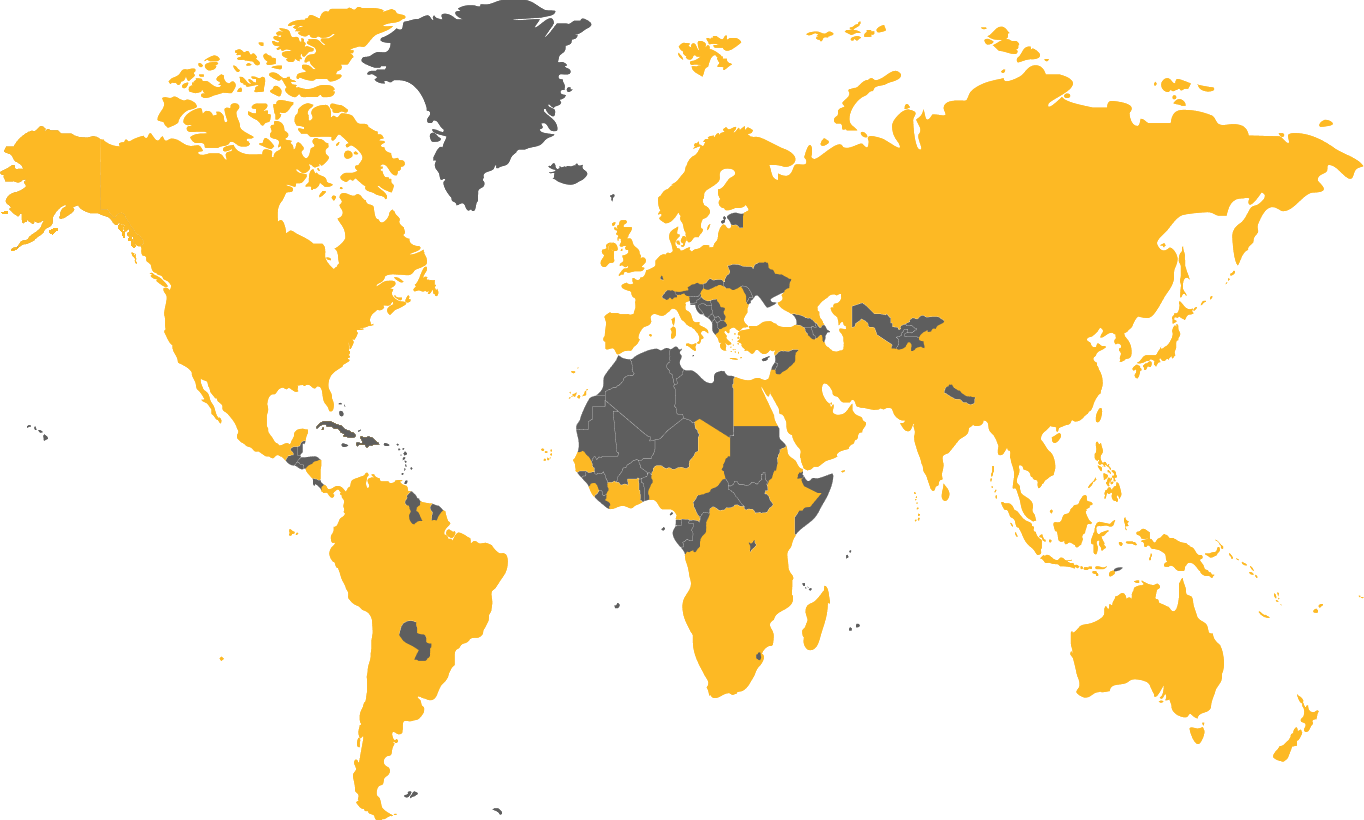A leading Australian manufacturer of butt fusion machines. Worldpoly offers a complete range of low and high pressure machinery, providing pipe fusion for HDPE pipe from 8" up to 100" OD.
Butt fusion also known as pipe fusion is the method used for joining HDPE pipes and fittings. To perform pipe fusion correctly and consistently, you will need a butt fusion machine capable of aligning the elements to be welded, shaving their ends smooth and parallel, uniformly melting the ends of the pipe under various pressures, then pushing the ends together at a controlled pressure for a specific period.
Various International and National Standards exist for butt fusion, where the temperature/pressure/time profile of the pipe fusion is detailed. Some of the most relevant for general use are:
The ISO Standard covers butt welding of metric pipe and is relevant in most of the world. ASTM Standards are for IPS & DIPS (inch) pipe which is specific to North America, while DVS is a well-respected and conservative standard from the German Welding Institute, successfully specified world-wide.
Worldpoly manufacturers butt welding machines to weld HDPE pipes from 2" to 120" OD. However, HDPE pipe and fittings of any diameter can be fused, but diameters beneath 2" are not generally recommended as it becomes difficult to align the pipe ends accurately and consistently. Although Worldpoly manufactures machines to weld down to 2", the preference for small diameters is to use electrofusion. Large diameter pressure and non-pressure pipes to 120" and above are now regularly fused, with fittings machines already producing to 80”.
Two distinct styles of field butt fusion machines are produced. These include what is commonly known as a ‘European style’ and ‘North American style’ machine.
'European Style' Machines
'North American' Style Machines
"North American" style machines have all of the components on-board, with the tracked versions carrying their own power supply.
"European style" machines are by far the most popular world-wide, due to their significantly lower price. On a Dollar for Dollar comparison it looks like a no-brainer, but site location, labour costs and availability, the requirement for speed and accuracy, local health and safety considerations remind me what I was told decades ago ‘the Dollar sign is the last elements of the value equation, otherwise Mercedes Benz wouldn’t exist’. You can buy a machine from us to fuse 24” pipe for AUD 18,000/ USD 15,000 (Worldpoly24i), or for AUD 400,000 / USD 300,000 you get a fully optioned PolyForce630i Tracked.
Worldpolys’ PolyForce tracked machines are completely designed, engineered and manufactured in Australia, according to the requirements of our particularly stringent health and safety requirements, difficult environment and climate, and the requirements of clients welding under difficult conditions.
The availability of parts has always been an issue for imported machines, which is why PolyForce uses only locally supplied components. Whatever you need we can take from either work-in-progress or our normal supplier, and have you working ASAP, so there’s no need to cannibalise a $400,000 to keep another one working. If you are in North America our suppliers Rexroth, Danfoss, Yanmar, MecAlte etc. have extensive cover over your way, so were more than happy to do any warranty work with them and your favourite hydraulics or electrical specialist.
Some specifics of our PolyForce Tracked machines are:
HDPE pipe systems provide exceptional service, with the gas and water systems installed in countries like the UK expected to provide 100+ years of useful life. Of course installation must be carried out correctly, but as a ductile material the pipe is unlikely to fail when other services nearby are excavated, enlarged or repaired, or other significant soil movement occurs. The same is not the case with rigid pipe systems, excellent examples of which were the Kobe (Japan) earthquake of 1995, and more recently Wellington (New Zealand).
In the past welded HDPE pipe systems were the domain of city gas companies and the mining industry, where the high comparative cost was offset by other significant factors in their value equation. Over the past 15 years a significant increase in the volume of the raw material being produced has reduced the pipes comparative cost significantly, and welding technology has increased dramatically, meaning that today HDPE pipe is now a staple for water, mining, gas, sewer and industrial applications from Norway to Bolivia, Germany to Chad.
Supporting poly welders in over 120 countries.
